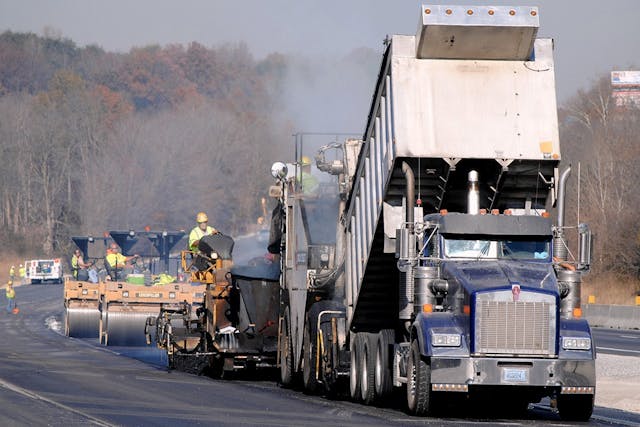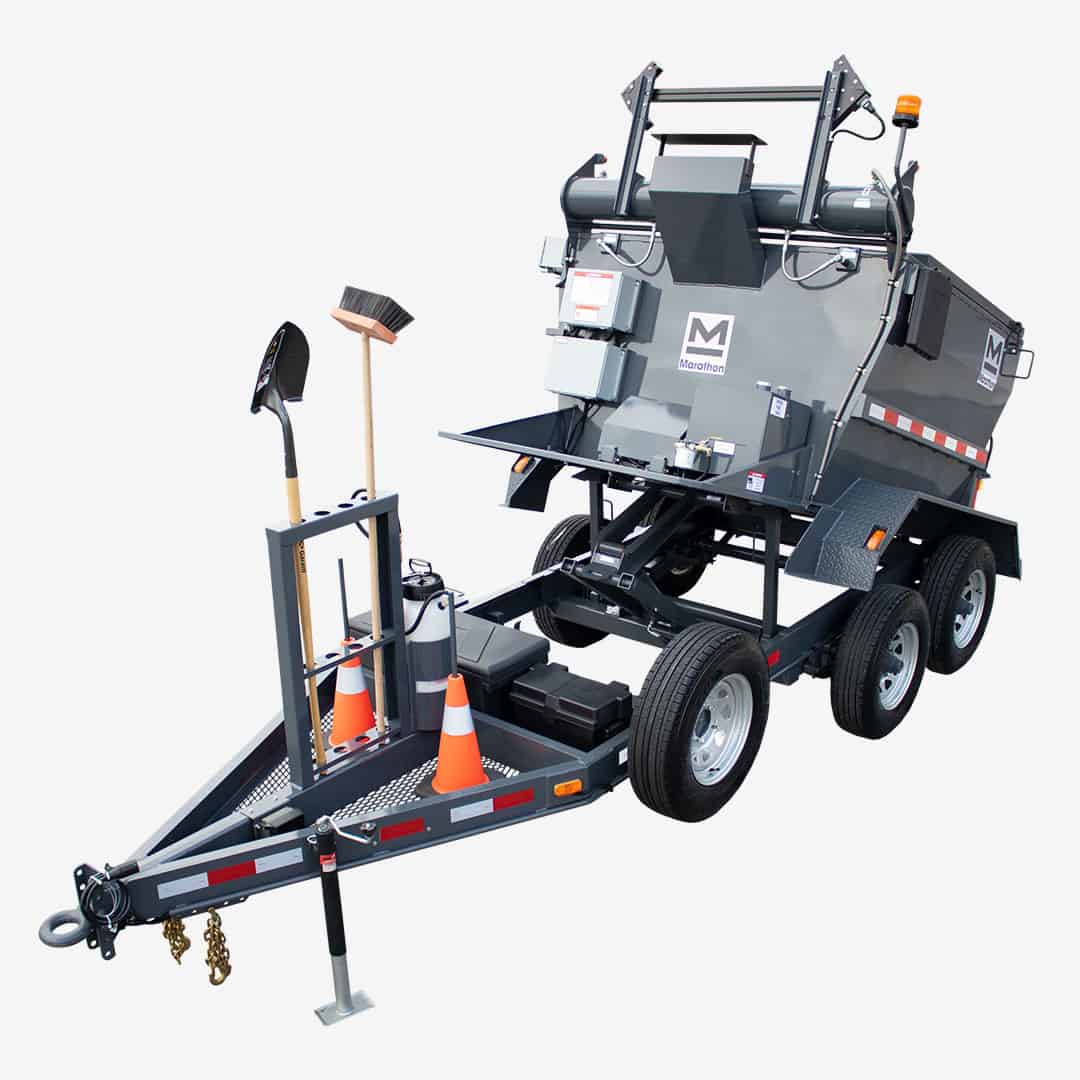Make Best Use Of Area Performance with Hot Mix Asphalt Angled Parking Lot Solutions
Make Best Use Of Area Performance with Hot Mix Asphalt Angled Parking Lot Solutions
Blog Article
Opening the Tricks of Warm Mix Asphalt Modern Technology
Exploring the depths of warm mix asphalt modern technology discovers a world where specific formulas and precise procedures merge to shape our roadways and facilities. The fusion of fillers, binders, and aggregates isn't simply a building and construction job yet a calculated orchestration of resilience and performance.
Relevance of Warm Mix Asphalt
Hot Mix Asphalt plays an essential role in contemporary infrastructure growth because of its durability and cost-effectiveness. As one of the most typically made use of paving product for roadways, highways, and parking area, Warm Mix Asphalt uses a series of advantages that add to its significance in building and construction jobs. One vital advantage is its capability to hold up against rush hour loads and severe climate conditions, offering a trustworthy and long-lasting surface for transportation networks. In Addition, Warm Mix Asphalt is affordable in both preliminary building and construction and long-term maintenance, making it a favored option for several infrastructure jobs.
The resilience of Hot Mix Asphalt stems from its composition, which includes aggregates, binder, and filler products that are meticulously picked and blended to fulfill details efficiency demands. This exact combination results in a strong and flexible sidewalk that can withstand regular use without significant damage. Warm Mix Asphalt is 100% recyclable, additional enhancing its sustainability and environmental advantages. In general, the value of Hot Mix Asphalt in facilities development can not be downplayed, as it proceeds to be a foundation of modern building and construction techniques.
Components of Asphalt Mixes
The composition of asphalt mixes is composed of carefully selected aggregates, binder, and filler products that are critical for achieving particular performance needs. Aggregates are the key part of asphalt blends, providing strength and stability. The binder, normally asphalt or asphalt concrete, holds the accumulations with each other and offers versatility and longevity to the mix.
The mix and percentage of these components play a significant role in establishing the high quality and performance of the asphalt mix. Designers very carefully design the mix to meet specific requirements, considering elements like web traffic quantity, climate conditions, and sidewalk life-span. Correct option and harmonizing of accumulations, binder, and fillers are necessary for developing long lasting, long-lasting asphalt sidewalks.
Combining and Production Strategies

As soon as the aggregates are chosen, the binder, often asphalt cement, is included in bind the materials with each other. The binder's high quality and amount considerably impact the mix's flexibility, resistance, and toughness to ecological variables. Furthermore, fillers like moisturized lime or Rose city cement may be integrated to enhance certain characteristics of the asphalt mix, such as its workability or moisture resistance.
During production, the aggregates and binder are heated up, generally between 250-325 ° F(121-163 ° C ), to help with blending and ensure correct coating of the aggregates. The blending procedure has to be extensive to achieve an uniform combination that advertises the desired efficiency attributes of the asphalt. Numerous methods, such as set mixing or drum mixing, are utilized to achieve high-grade and consistent asphalt mixes for building and construction tasks.
Aspects Affecting Asphalt Performance
Aspects affecting asphalt efficiency encompass a series of variables that influence the resilience, longevity, and overall top quality of asphalt sidewalks. One key variable is the top quality of products made use of in the asphalt mix. The kind and resource of aggregates, the binder top quality, and the ingredients all play a considerable function in identifying the performance of the asphalt pavement. The rank of aggregates is essential as it affects the mix's workability, security, and resistance to rutting and breaking.

Layout considerations, such as sidewalk thickness and drainage, are necessary in ensuring the long-term efficiency of the asphalt pavement. By carefully considering these engineers, professionals and elements can enhance asphalt performance and improve the service life of pavements.
Sustainable Practices in Asphalt Modern Technology

Furthermore, the development of warm-mix asphalt (WMA) innovations has acquired traction in the last few years. WMA enables for the production and placement of asphalt blends at reduced temperatures compared to traditional hot-mix asphalt, causing lowered power consumption and greenhouse gas emissions. Furthermore, using permeable asphalt blends can assist mitigate stormwater drainage problems by allowing water to penetrate with the pavement and right into the ground, advertising natural water purification and charge procedures. By applying these sustainable practices, the asphalt market can contribute to constructing a more eco friendly and resistant framework network.
Conclusion
Finally, hot mix asphalt innovation plays a crucial function in contemporary facilities growth as a result of its resilience and cost-effectiveness. By very carefully stabilizing parts, using correct blending strategies, and considering various factors, engineers can create premium asphalt mixes that endure heavy web traffic tons and severe weather. Embracing sustainable practices, such as using warm-mix modern technologies and recycled materials, additionally improves the environmental friendliness of asphalt modern technology.
Blending and production techniques in hot mix asphalt modern technology entail the exact combination and handling of aggregates, binder, and fillers to develop a durable and high-performance asphalt mix.Variables affecting asphalt performance incorporate an array of variables that affect the resilience, longevity, and total high look at here quality of asphalt pavements. Lasting methods in asphalt technology incorporate different efforts aimed at lowering the environmental impact of asphalt manufacturing and paving her response processes. By including recovered asphalt sidewalk (RAP) and recycled asphalt roof shingles (RAS) into brand-new asphalt mixes, the market can considerably lower the usage of raw products and power, while also reducing landfill waste.
WMA enables for the production and positioning of asphalt blends at lower temperature levels compared to typical hot-mix asphalt, resulting in decreased power consumption and greenhouse gas exhausts.
Report this page